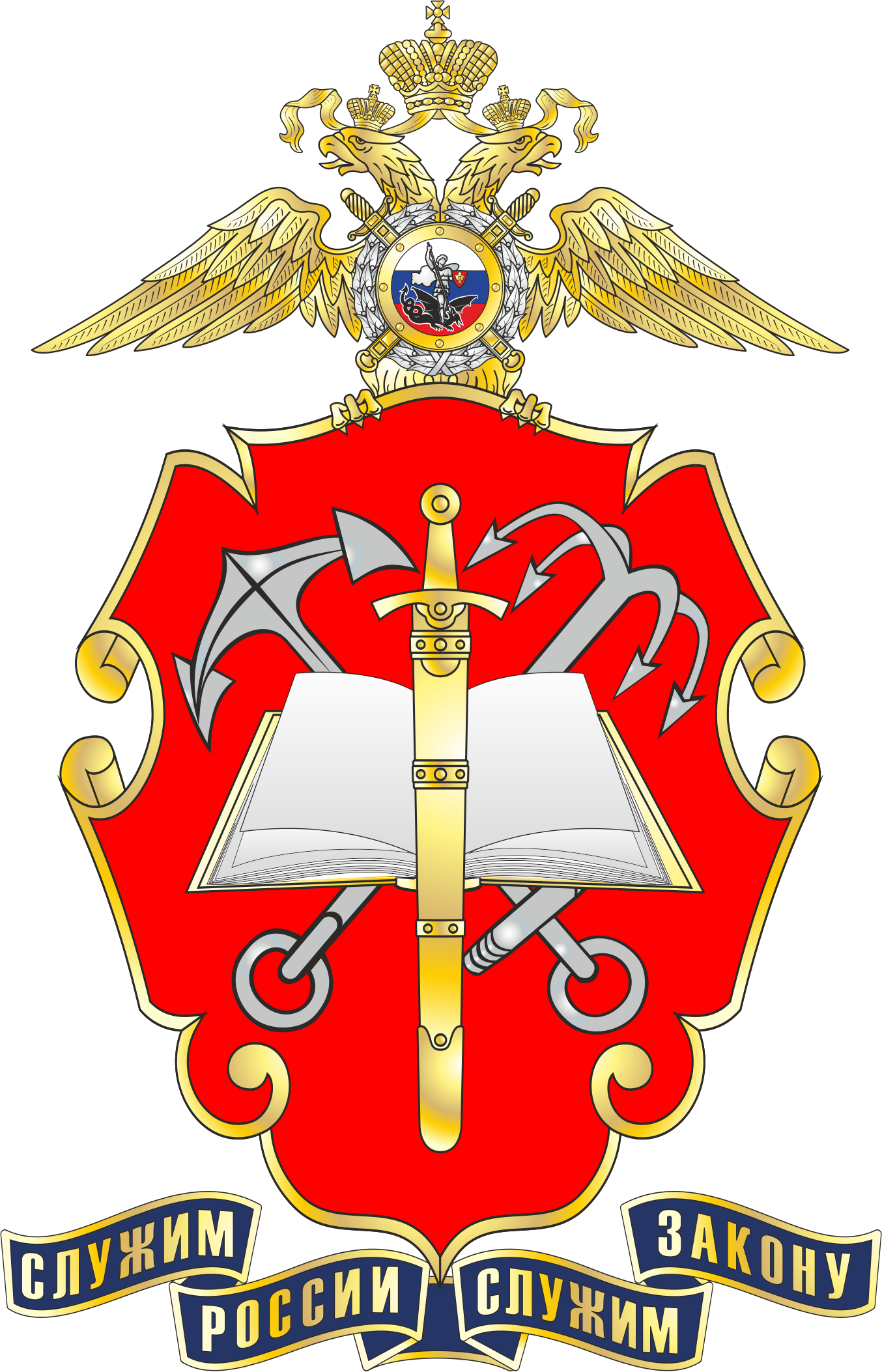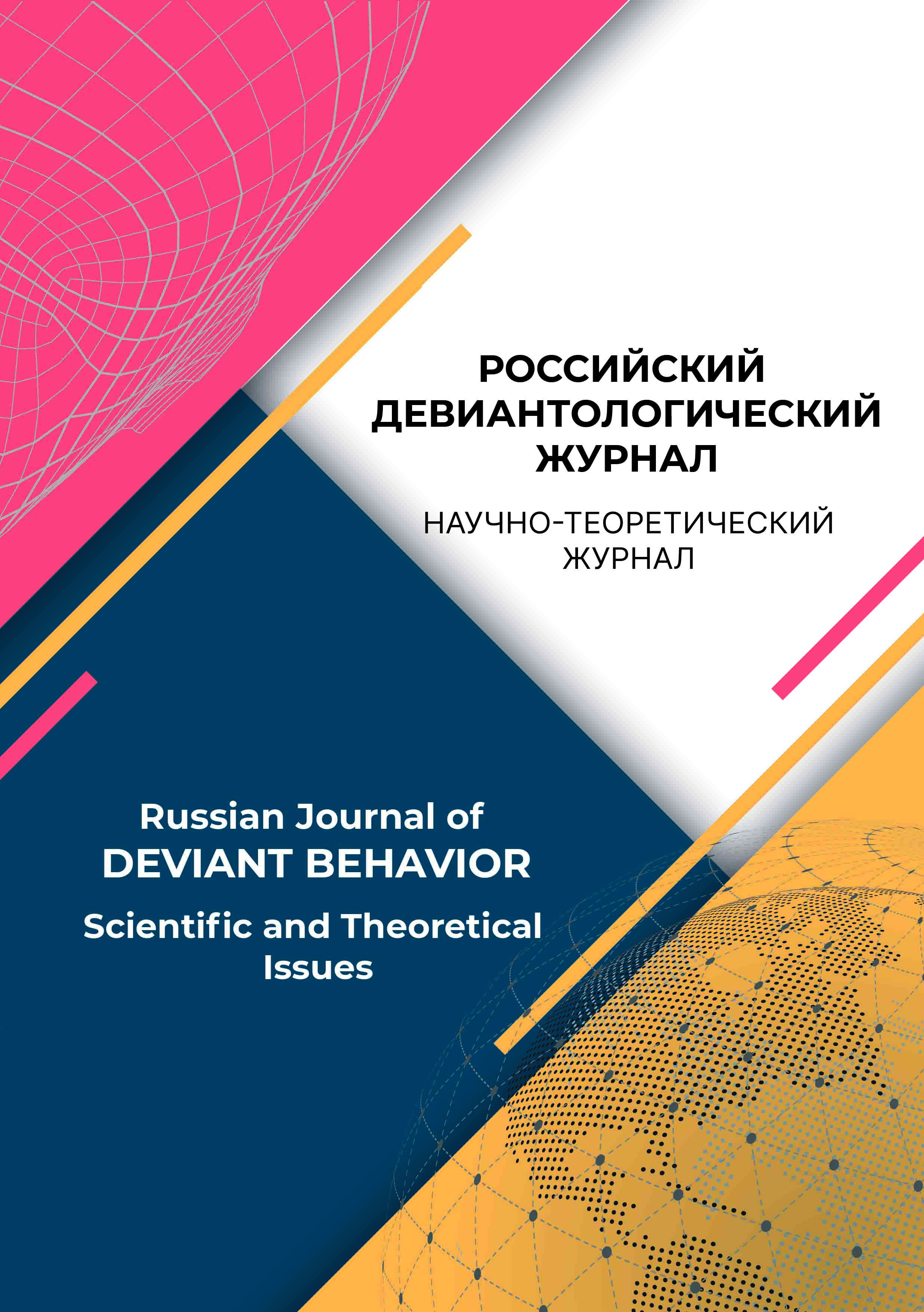Russian State University of Justice named after V.M. Lebedev (Department of General Education Disciplines of the Central Branch of the Federal State Budgetary Educational Institution of Higher Education "Russian State University of Justice named after V.M. Lebedev", Candidate of Psychological Sciences, Associate Professor, Associate Professor of the Department of General Education Disciplines of the Central Branch of the Federal State Budgetary Educational Institution of Higher Education "Russian State University of Justice named after V.M. Lebedev")
Voronezh, Voronezh, Russian Federation
UDC 327.8
CSCSTI 15.00
Russian Classification of Professions by Education 37.00.00
Socially approved vector of energy direction of young generation is one of the most important tasks of the state. Attention to formation of young citizens’ worldview involves socio-psychological analysis of numerous factors determining their attitude to themselves, the people around them and society as a whole. The well-timed recognition and prevention of the destructive transformation of natural forms of deviant behavior inherent in teenage and adolescent age is a condition of personal and social well-being. The article is devoted to the study of socio-psychological and personal markers of extremist activity of representatives of the near-football movement. The author solves the research tasks related to the identification and system analysis of factors-indicators that make it possible to characterise extremism as a social and legal-psychological phenomenon; the individual-psychological analysis of the extremist personality in the context of a certain type of his activity - the near-football movement; the definition of the attitude of young generation representatives to the football fans movement, their activity and world view; the identification of optimal social-psychological and organisational-legal ways of counteracting this type of extremist activity. The results of a sociological survey are presented; they give the opportunity to determine the level of sympathy and antipathy of young people to this subcultural phenomenon and also suggest the possibility of transferring the age opposition of teenagers and young people into the criminal sphere through emotional immersion into the ideology and activities of the near-football movement.
deviation, extremism, socio-psychological portrait of a football fan, age opposition, youth subculture, sociology of childhood, social orphanhood, organisational and legal methods of counteracting extremism
1. Brimson, D. (2009). Beshenaya armiya. Oblik futbol’nogo nasiliya. Saint Petersburg: Amfora.
2. Marushchak, N. V., Enikolopov, S. N. (2010). Agressiya i motivaciya futbol’nyh bolel’shchikov. V Kochenovskie chteniya «Psihologiya i pravo v sovremennoj Rossii»: sbornik tezisov uchastnikov Vserossijskoj konferencii po yuridicheskoj psihologii s mezhdunarodnym uchastiem (Moskva, 14-16 oktyabrya 2010 g., str. 27-28). Moskow: Moskovskij gorodskoj psihologo-pedagogicheskij universitet.
3. Il’in, E. P. (2012). Psihologiya sporta. Saint Petersburg: Piter.
4. Kirilenko, V. P., Alekseev, G. V. (2018). Aktual’nye problemy protivodejstviya prestupleniyam ekstremistskoj napravlennosti. Vserossijskij kriminologicheskij zhurnal, 12(4), 561-571. https://doi.org/10.17150/2500-4255.2018.12(4).561- 571
5. Kruter, M. S. (2002). Metodologicheskie i prikladnye problemy izucheniya i preduprezhdeniya prestupnosti molodezhi: dis. ... d-ra yurid. nauk. Moskow.
6. Kuznecov, M. V. (2014). Struktura futbol’nogo fanatskogo dvizheniya. Analitika kul’turologii, 2(29), 144-148.
7. Mannanov, A. (2008). Ya - fanat! Moskow: Rosmen.
8. Mednikov, S. V. (2011). Lichnostnye i situativnye predposylki agressivnogo povedeniya futbol’nyh bolel’shchikov. Vestnik SPbGU. Ser. 12, Psihologiya. Sociologiya. Pedagogika, (4). 152-163.
9. Mejtin, A. A. (2004). Kriminologicheskaya harakteristika prestuplenij, sovershaemyh futbol’nymi bolel’shchikami, i ih preduprezhdenie: dis. ... kand. yurid. nauk. Rostov-na-Donu.
10. Nikandrov, V. V., Novochadov, V. V., Shapyrina, YU. S. (2000). Psihologiya sportivnogo bolel’shchika: bol’she chem igra! V A. A. Krylov (red.), Anan’evskie chteniya - 2000: sbornik tezisov nauchno-prakticheskoj konferencii (Sankt-Peterburg, 25-27 oktyabrya 2000 g.). Saint Petersburg: Izdatel’stvo Sankt-Peterburgskogo gosudarstvennogo universiteta.
11. Safonov, V. K. (2003). Agressiya v sporte: monografiya. Saint Petersburg: Izd-vo SPbGU.
12. Yakuba, A. V. (2015). Kriminalizaciya subkul’tur futbol’nyh fanatov v usloviyah razvitiya internet-kommunikacii: dis. ... kand. sociol. nauk. Krasnodar.
13. Parker, R. N., & Auerhahn, K. (1998). Alcohol, Drugs, and Violence. Annual Review of Sociology, 24(1), 291-311. https:// doi.org/10.1146/annurev.soc.24.1.291
14. Smith, P. (2014). World Football: From Consumption to Sponsorship. New York: Repucom Sports Marketing.
15. Sutton, W. A., McDonald, M. A., Milne, G. R., & Cimperman, J. (1997). Creating and fostering fan identification in professional sports. Sport marketing quarterly, 6(1), 15-22.
16. Van Hiel, A., Hautman, L., Cornelis, I., & De Clercq, B. (2007). Football hooliganism: Comparing self-awareness and social identity theory explanations. Journal of Community & Applied Social Psychology, 17(3), 169-186. https://doi.org/10.1002/casp.902














